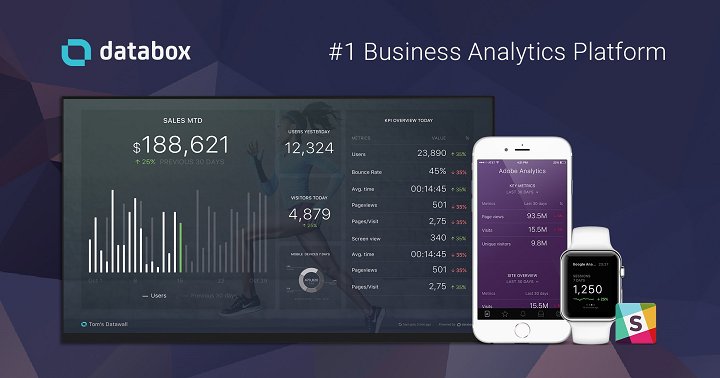How To Conduct a Social Media Audit

Social media has changed everything about the way businesses connect with their customers. The flexibility, the intimacy, the dynamism, these are just a few of the ways that marketing has benefitted from the social media revolution. However, as with anything that becomes a necessary expenditure to keep up with your competitors, you need to ensure that your social media channels are actually bringing in business, not just draining your marketing budget. How can you be sure that your social media aligns with your business goals? Through a social media audit.
A social media audit is a process that measures your marketing results against your overall objectives. This is the best way to keep your social media on-brand, and aimed at meeting KPIs that are tied to real world business outcomes, not just empty engagement. In this blog post, we’re going to give you the ins and outs of social media auditing, to help you strategize, audit, and define KPIs that align with your business’ growth.

Why Audit Your Social Media
While social media analytics have made it easier than ever to track the effectiveness of your campaigns, these analytics can quickly lose all meaning if you don’t have a strategic basis behind your social media posts. It can be easy to get caught in the stream of content and miss the bigger picture, which is when your social media budget can become a money pit.
Doing comprehensive, frequent social media audits allows you to assess your effectiveness, respond to audience feedback, and better tailor your KPIs. Let’s run through the process, so your business can best implement your social media strategy.

How To Audit Your Social Media
The first thing to know about a social media audit is that it doesn’t have to be difficult. With an approach in place, your audit can become a checklist that you can perform on a regular basis. So without further ado, here is Vrrb’s quick social media audit, which your team can perform at any time, easy as ABCDEF.
-
Accounts: First, you need to know what you’re working with. Compile all of your social media accounts, to know exactly what is being audited. It’s always smart to search your business on several different search engines, to ensure that none of your public accounts are missed or forgotten. Your business listing on Google Maps is one example of a public account that is often overlooked, since most businesses only think about Facebook, Instagram or LinkedIn when they think about social media. However, the Google Maps listing is often the first thing that people see when they search for your business.
-
Branding: Once you know what you’re auditing, it’s time to give your social media visuals a lookover. Review your latest brand assets to refresh your memory, and then check over all of your social media to ensure that your accounts match your branding. Inconsistent branding across all platforms is something we see often, and can give potential customers the wrong opinion of your business from the start.
-
Content: Now that your visuals are locked down, it’s time to examine your social media content. Both your written and photo content should have strong brand throughlines, to craft a social media presence with a vision behind it, not just a bunch of disconnected posts. Your content is the heart of your social media presence so it has to be thoughtful, strategic, and hyper-targeted. How do you measure this? We will get into that in the next step.
-
Direction: The way to make the previous step as fast as possible, is to have a well-established social media strategy. Your social media strategy directs and coordinates all of the posts and replies you make across all of your social media channels. It means you can change posting responsibilities without disruption or loss of quality, acting as a manual for implementing effective social posts regardless of the platform. An easy way to enact this is with a social media management tool, such as Hootsuite or Sprout Social, which lets you schedule all of your posts in advance.
-
Evaluation: One of the most important aspects of your social media strategy is the key performance indicators (KPIs). These are what truly allow you to evaluate your social media performance, and ensure its effectiveness. KPIs are the way that you measure your progress towards a real world business goal. Hootsuite has a great list of KPIs that you can use to best evaluate your social media strategy, with numbers and analytics to back up your business goals.
-
Frequent Monitoring: KPIs are only effective if you undertake ongoing performance monitoring. You need to keep an eye on your progress, so you can make any necessary adjustments. Thankfully, monitoring tools like Databox can help you build a visual dashboard. This will allow you to easily see realtime information about your social media engagement, clickthrough rates, and conversions, so you can stay on top of social media performance.

Your Social Media Next Steps
Once you’ve gone through all five steps of the above social media audit, it’s time to investigate your findings, and implement solutions. Do you know the extent of your social media presence? Do all of your accounts have up-to-date branding? Does your content create value for your audiences, and reflect your brand’s characteristics? Is there a method to your madness, or is your social media manager shooting from the hip? Are you measuring the effectiveness of your social media based on real world business goals? Hopefully this blog post has at least got you asking the right questions, if not finding the answers to them.
If you need help nailing down your social media marketing strategy, or creating a more effective brand for the social media world, Vrrb is here to help. Our team of creatives, strategists, and developers will help you implement a thoughtful strategy, and measure its results against your primary business goals.